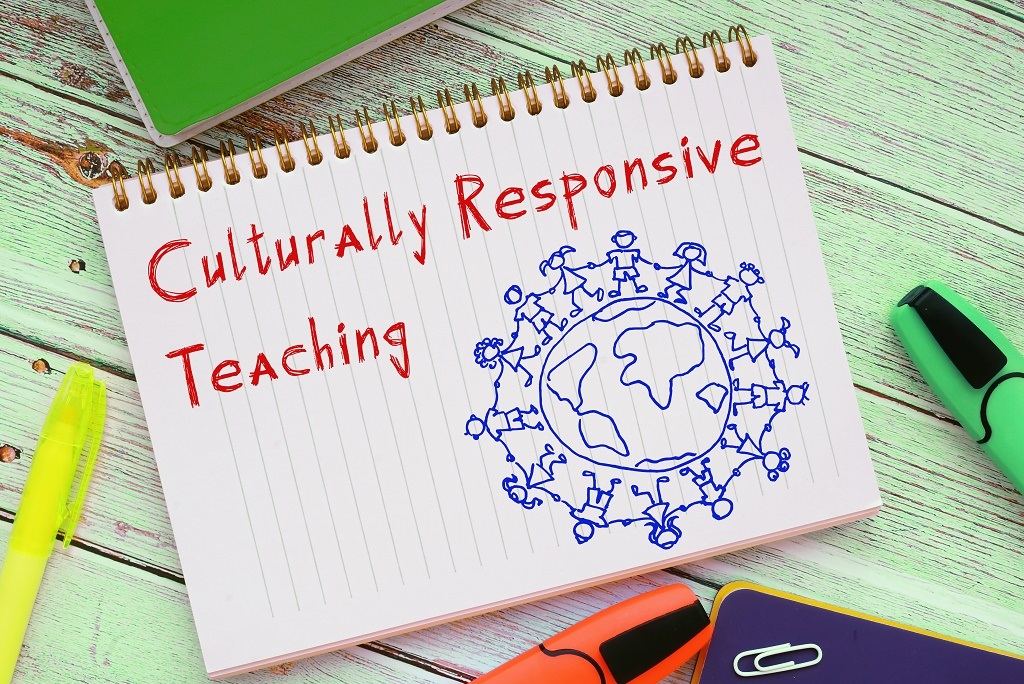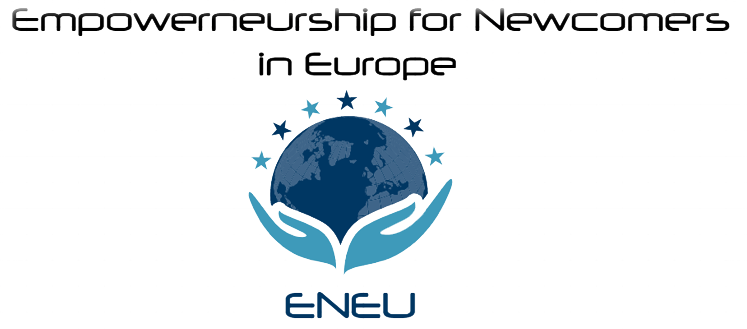Best practices for trainers (Part 5)
by Niina Halvorsen

So far, the previously-mentioned best practices focued on migrants’ backgrounds, cultural differences, communication and language, and relationship building and trust.
Now, it is time to underline the last element: Responsive teaching methods
Relatable examples
Teachers/trainers should provide practical examples and exercises that would bridge the gap between learning material and real-life implementation. Creating case studies and examples that could be based on a specific situation (idea/need/goal) of an individual learner would help them to absorb better all new information and be able to reflect and revisit everything that has been learned. Teachers/trainers should avoid using ‘hero’ examples and try to find more relatable ones – a person or a story that would be a helpful and inspiring example but at the same time not a hero or role model of any kind. The goal should be to influence people by themselves and not to create an idea of seeking a super-hero level of success that would feel unreachable by most learners.
Support and guidance
Teachers/trainers would need to develop the following competencies: Motivational – they must transfer optimism and spirit of initiative to the learners. Realistic – they must understand the attitudes of the learners in order to be able to recommend the right path to follow. Relational – they must be able to build networks between learners and contacts with local stakeholders. Social – they must stimulate learners’ empathy towards others, customers and stakeholders. Professional – they must know the supply and demand system of the local labour market and have information on national market trends. Methodological – developing formal and informal participatory methods to involve learners in simulations, role-playing, study visits, interviews with entrepreneurs etc.
Collaborative learning experiences
Collaboration and co-construction (rather than transmission) are important and should be included in any learning approach – meaning learning through a collective activity that allows the learners/participants to co-develop a self-initiated future based on their abilities, ideas, goals and strengths. The teacher/trainer is not an expert, authority, or a saviour – participants and teachers/trainers should work together and learn from each other. Imitative learning and instructed learning are means of cultural transmission and by modelling or instruction, we teach each other valued elements of the culture. Collaborative learning takes place when neither interactant is an authority nor an expert. Two peers work together to solve a common problem and, in arriving jointly at a solution, they co-construct knowledge. They then individually internalise this co-construction.
Promote self-efficiency
Teachers/trainers should promote learners’ self-autonomy and self-efficacy. Learners should be guided to become active actors in their own learning process and educational pathway. Teachers/trainers should help learners to manage their own time (to create a weekly agenda, to boost self-confidence and independent learning) and promote experiential learning and learning by doing among the participants. Learners should be guided to observe others, communicate with others, as well as to exchange and share experiences in their study group. Learning to learn should be promoted too through self-assessment and self-evaluation to make learners conscious of themselves and their personal needs and skills.
Culturally responsive teaching methods
Teachers/trainers should encourage learners to reflect on their own cultural lens and draw on learners’ culture to shape instructions for exercises by bringing real-world cases and examples into the classroom. Teachers/trainers should promote respect for learners’ differences and activate learners’ prior knowledge by making learning culturally familiar and contextual. Teachers/trainers should form and initiate relationships, discuss mindfully social and political issues and tap into learners’ cultural capital keeping the popular culture in mind.



